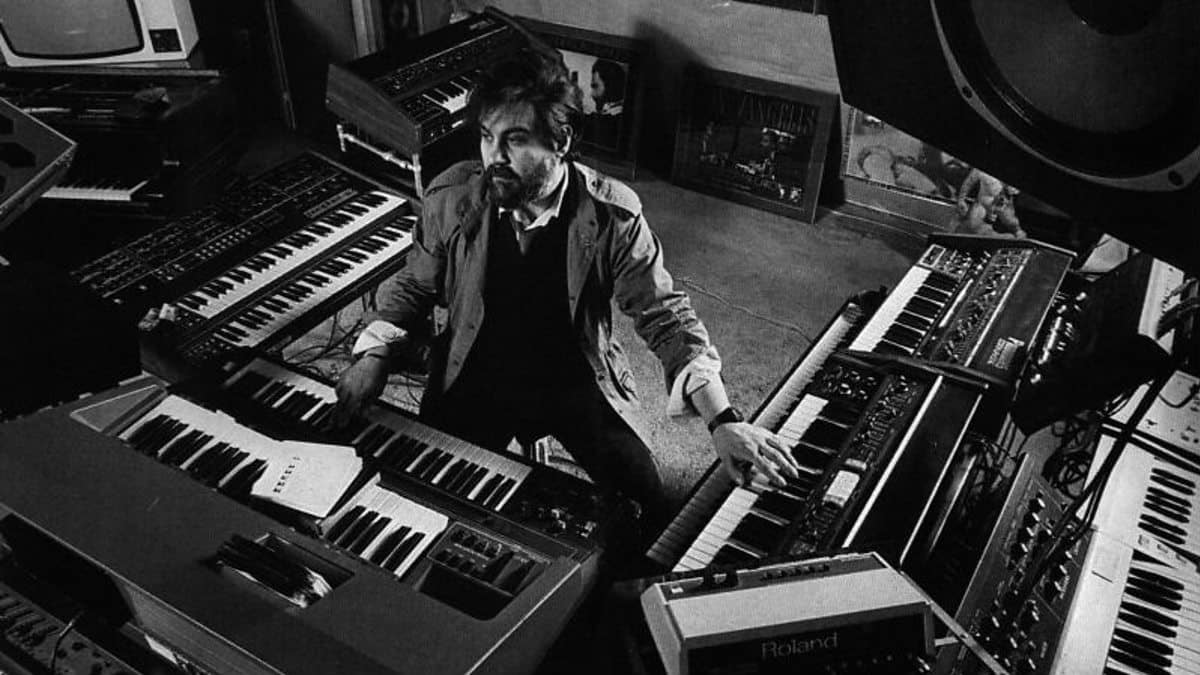A synthesizer may look small and modest, but it’s actually one of the best instruments you can imagine.
Synthesizers have changed pop music so much since the 70’s.

Almost every pop song has a synth sound in it.
I was always fascinated by how these small instruments can do so much.
Many people wonder about how they actually work, so I will explain a little bit about that.
The Basics
Synthesizers generate sound waves that are different shapes.
In order to produce a frequency and harmony, they generate more than one sound tone at once.

The ready-programmed settings (presets) on synths allow you to select different instrument sounds.
Additionally, you can create completely new sounds by yourself.
Isn’t that great?
If you’d like to develop voices of your own, guess what - you can do that, too!
All you have to do is program the synth.
How to Program a Synthesizer:
The process for programming is the same for all types of synth instruments.

Now, if you want to try programming a synthesizer, I can help you with that too.
Just follow these steps:
1. Prepare Your Samples
First, set the oscillators (samples).

Choose a basic waveform.
Then adjust the octave and the pitch.
Now to make the sound more interesting!
2. Carefully Select Your FX (Effects)

Filters give basic-sounding waveforms some character.
We have low pass filters (they cut the highs) and high pass filters (they cut the lows).
The possibilities of what you can do with a filter are endless.
3. Set the Envelopes
Next are the envelopes.
The simplest way I can explain an envelope is to compare it to a real one.
When you put sound inside, it’s like putting a letter into its envelope.

Now it’s inside a container.
That container now controls the way it starts, length, and how it will end.
There are three envelopes that concern you:
For example: First, think of a guitar sound.
Its filter should start wide and open. Then it should cut rapidly.
The Amp starts out 100% loud. Then it drops down to about 50%.
After that, it dies down. If the attack is slightly sharp, then go to the pitch envelope.
Set the sustain at 0.
There’s your envelope!
4. Arrange the Velocity
The sound you’re making gets louder when you play it.

Also, consider the timbral changes and whether they’re slightly different or completely different.
If they are completely different, you need to switch the velocity to a different waveform (you might also have to adjust that waveform).
5. Don't Forget the Low Frequency Oscillators
The Low-Frequency oscillator (LFO) modulates the sound.

It allows you to alter your patch rhythmically in any time sequence (from slow to fast).
Use slower LFOs to regulate volume and panning, and you’ll get a three-dimensional sound.
To Conclude
The effects allow you to sweeten your sounds.
You can adjust the delay, add a touch of reverb, etc. And, once you’ve finished, don’t forget to save your sounds.

Now you’ve made your own sounds!
I'm sure you’ll be experimenting with new sounds 24/7.
I hope you enjoyed this article.
Please let me know if there's anything I can do to improve!
